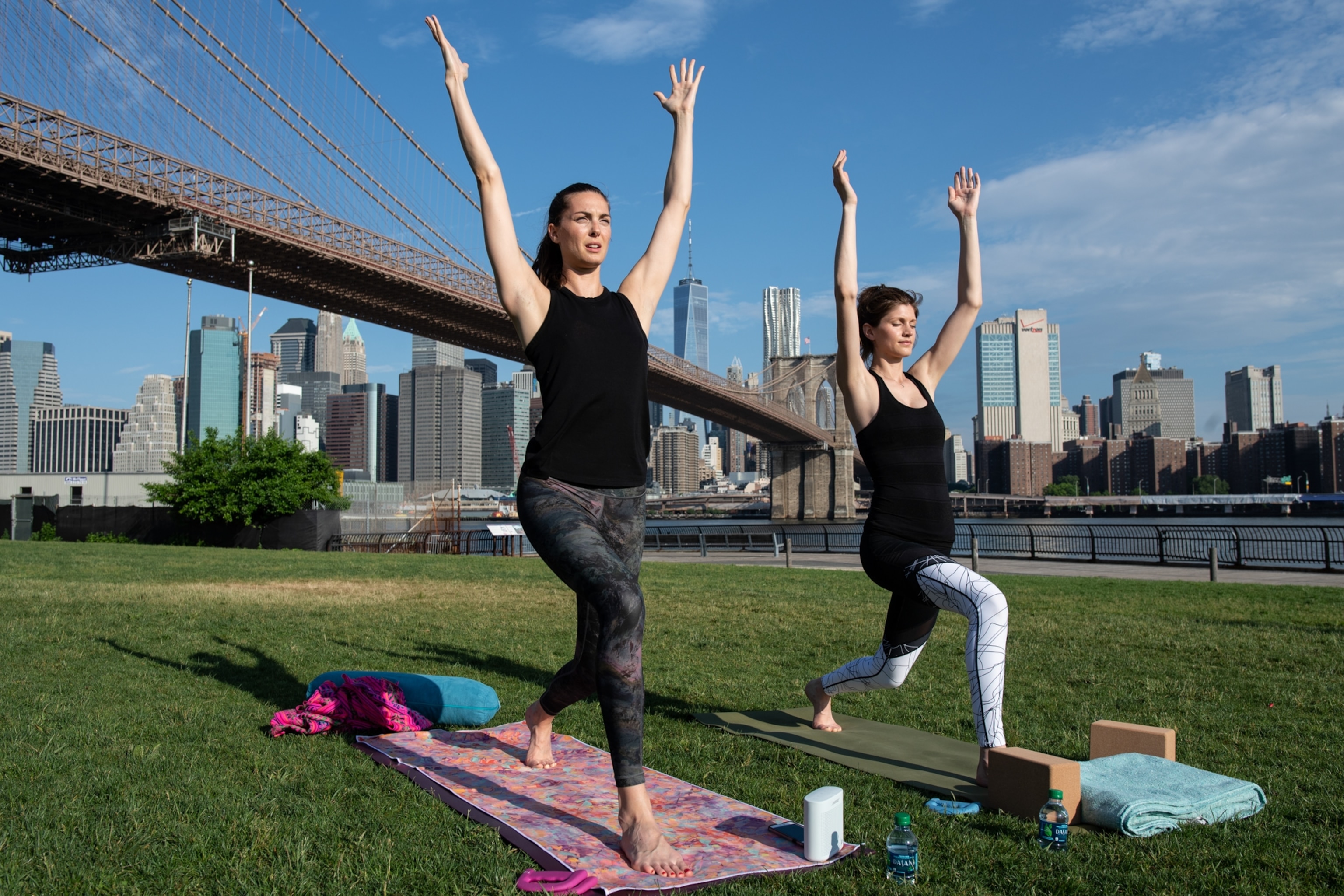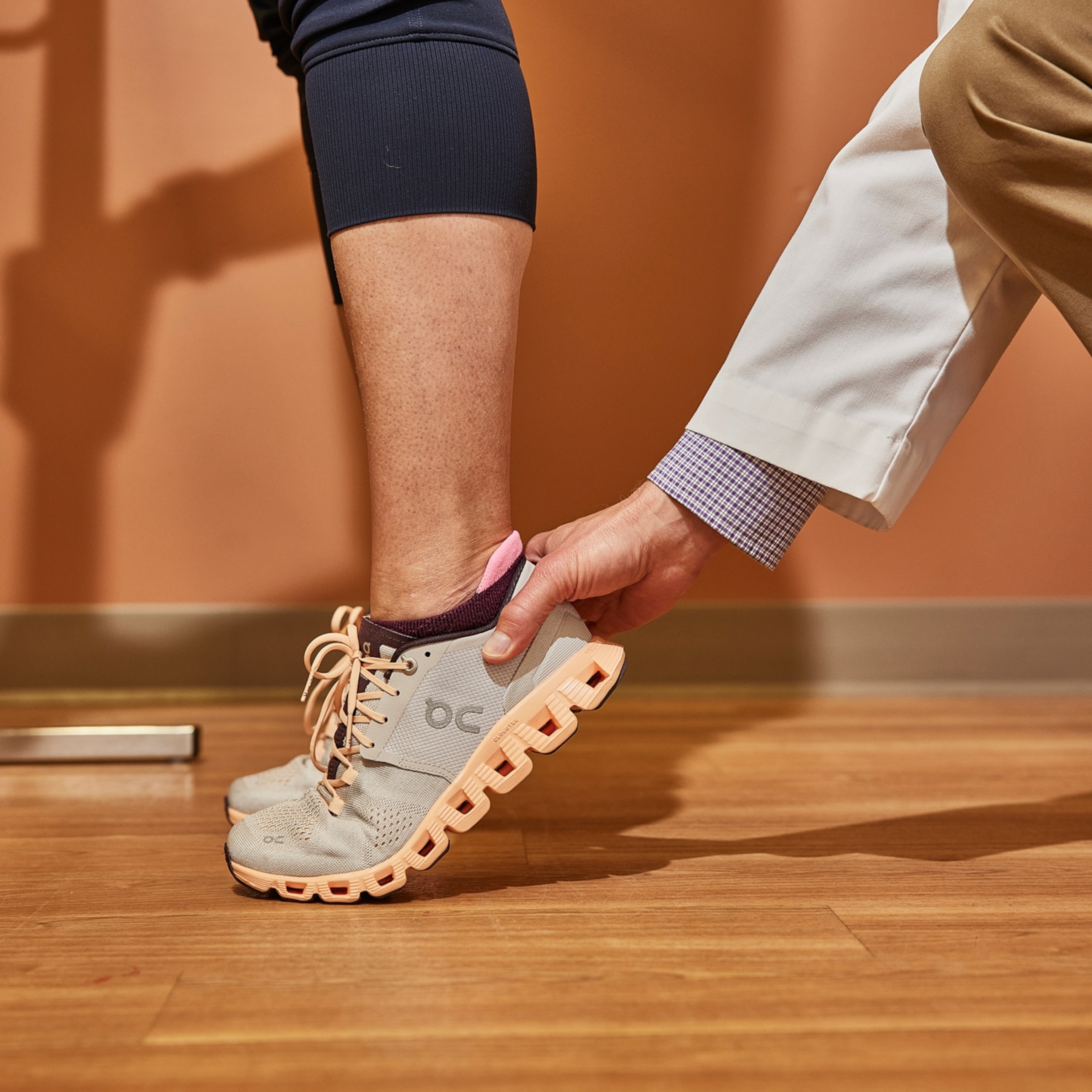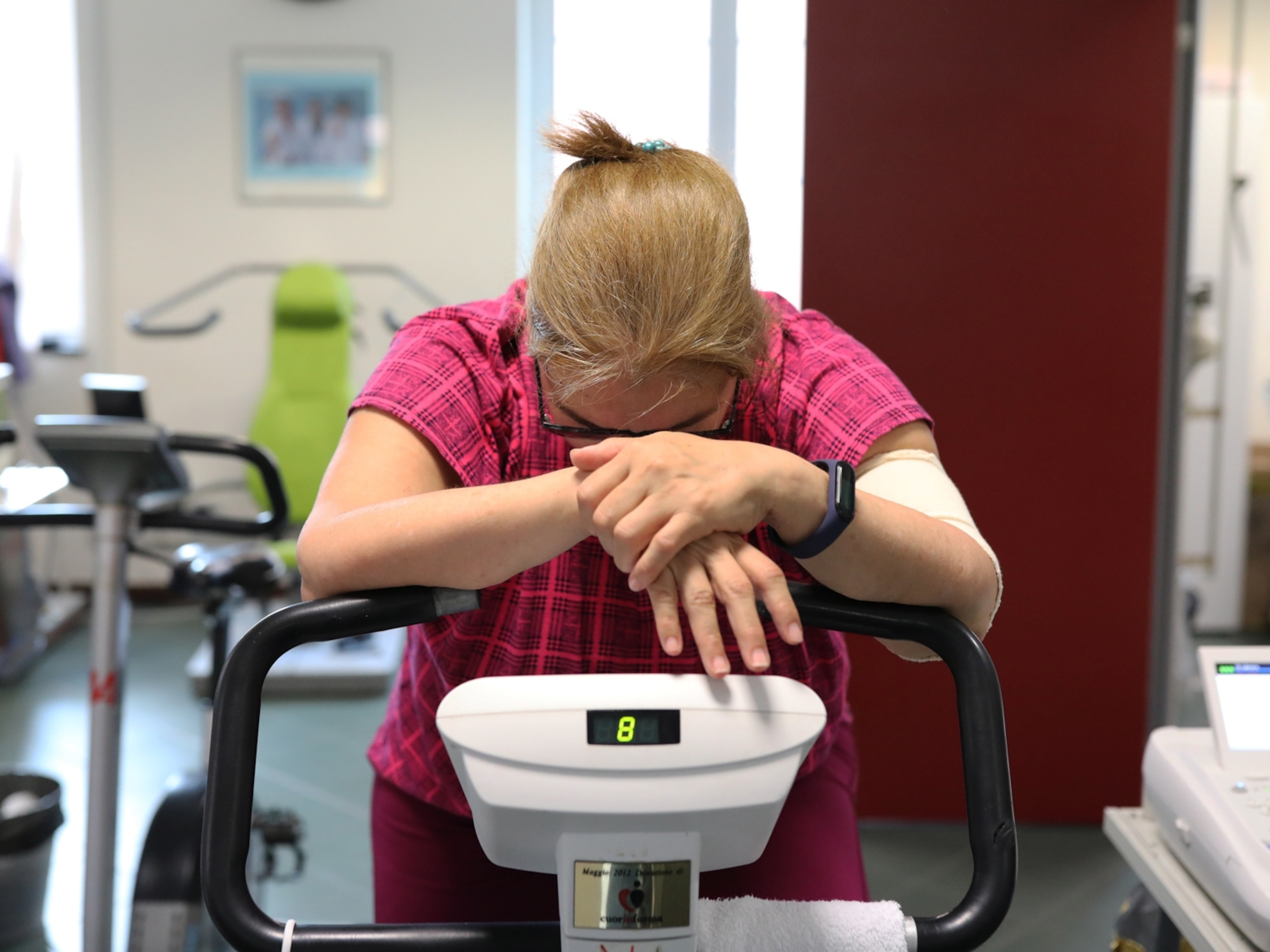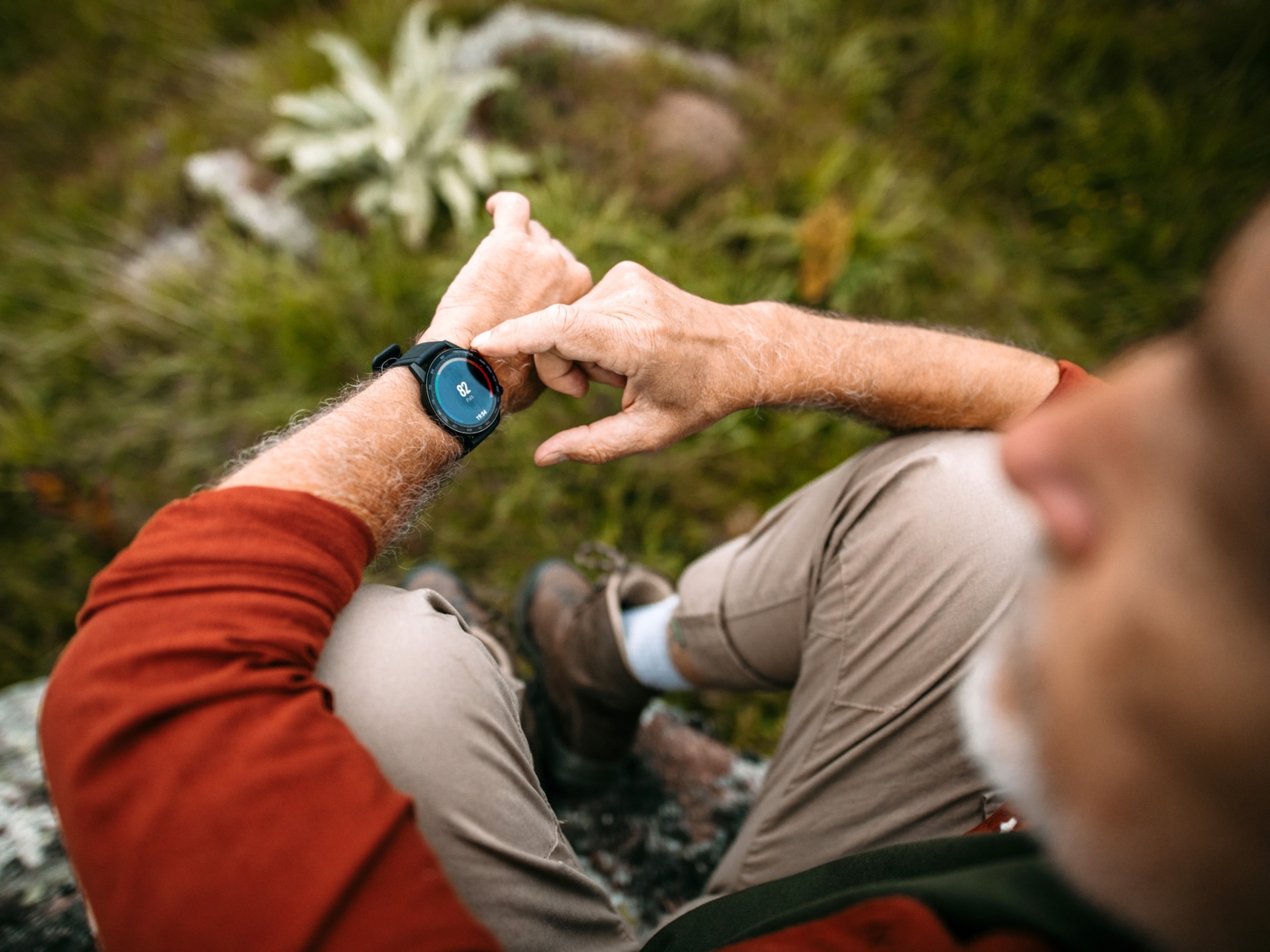Why mobility should be a key part of your fitness routine
It’s about much more than preserving your joint health for old age. Experts break down why mobility is essential for daily activities and peak athletic performance.

Before your next workout, you might breeze through a few static stretches, thinking you’re preparing your muscles and joints. However, while these stretches can enhance your flexibility, you may need to do more for your mobility.
Unlike flexibility, which primarily concerns the lengthening of muscles, mobility refers to efficiently moving your joints through their full range of motion. For example, if you play a reactive sport like basketball or tennis, you may quickly reach for a ball or change directions. Having mobility in your joints will allow you to pivot and move without straining your muscles or irritating the joint, says Samantha Smith, an assistant professor of clinical orthopedics and rehabilitation at the Yale School of Medicine.
In a 2024 systematic review published in the Journal of Sports Sciences, researchers examined 22 studies on various mobility techniques, including yoga, Pilates, dynamic stretching, and dance. The review found that 20 of these studies reported that incorporating mobility work can significantly enhance athletic performance.
But mobility work isn’t just for athletes. It plays a crucial role in a person’s overall health, enhancing movement efficiency and agility and reducing the risk of injury during physical activities.
How is mobility work different from stretching?
During static stretching sessions, you’ll hold a particular position for a set amount of time, typically around 30 seconds. With these types of movements, you target the flexibility of your muscles, Smith says.
However, mobility becomes paramount in scenarios where the emphasis is on joint movement within specific ranges, such as in sports requiring quick changes in direction or depth of movement (e.g., basketball, weightlifting).
(The exercise phenomenon born in a prisoner-of-war camp.)
Mobility exercises boost synovial fluid production, which reduces friction and wear in joints. This enhances movement efficiency, allowing for greater agility and precision. Additionally, mobility work increases muscle and connective tissue elasticity, reduces strains and sprains risk by improving force absorption, and increases neuromuscular coordination, ensuring optimal muscle activation.
It can also contribute significantly to psychological well-being. Several studies show that by focusing on joint movements and muscle engagement, individuals can develop heightened proprioception, or the sense of body position in space. This increased awareness can improve posture, coordination, and overall body control.
In some cases, too much static stretching may hinder your mobility. “If you do more than 60 seconds of static stretching, without combining it with any dynamic activities, then you can get [athletic] impairments typically anywhere from three to seven percent,” says David Behm, a research professor at Memorial University of Newfoundland in Canada.
Even if these small dips aren’t significant to you, they’re a strong indication that static stretching alone isn’t the secret to proper preparation. In his research, Behm found that an appropriate amount of static stretching (around 30 seconds per stretch) combined with dynamic stretching and active movements eliminates these performance decreases.
How should you incorporate mobility work into your training?
Mobility is needed for everyday tasks, such as climbing stairs or sitting in a chair, which is why Behm suggests that mobility work be a part of your daily routine. However, if that isn’t feasible, he says to aim for at least three short weekly sessions.
In the 2024 systematic review that Behm co-authored, the researchers emphasized the importance of consistency over volume. “Regular mobility training with a minimum of two to three times a week appears to be more important than volume per session,” they wrote.
These movements don’t have to be complicated. Think of a runner moving through exaggerated skips before sprinting or a swimmer doing arm circles. Each exercise focuses on moving the joints through a specific range of motion.
(Swimming just might be the best exercise out there. Here’s why.)
If you’re stuck on what to do, Smith recommends asking yourself: What type of movements am I likely to do? Where do I need to be unrestricted in my movements? What are the demands of my particular sport? These questions can help guide the range-of-motion movements you’ll want to prioritize.
Integrating mobility exercises into daily routines doesn’t always require dedicated workout sessions. Take short breaks throughout the day to perform simple mobility exercises. This can include stretching the neck, shoulders, and wrists if you work at a desk, or standing and performing gentle leg swings or hip rotations.
Is resistance training mobility work?
You may be doing mobility work without even realizing it. A 2023 systematic review and meta-analysis published in Sports Medicine found that certain resistance training methods, such as free weights, elastic band work, and Pilates, can increase your range of motion. “When you think of resistance training or weight training, it’s really like dynamic stretching with a load,” says Behm.
(Here’s what lifting weights does to your body—and your mind.)
This research also influenced Behm’s habits. Over the past 50 years, he says he diligently completed stretches before his weight training sessions. It’s what he had always assumed he had to do. While he emphasizes the importance of warming up properly before lifting heavy weights, he notes that resistance training alone can suffice if you aim to improve your range of motion.
“You don’t have to spend 15 minutes stretching before you lift weights,” he says. This doesn’t mean stretching isn’t important; it might be less critical depending on your training goals and priorities.








